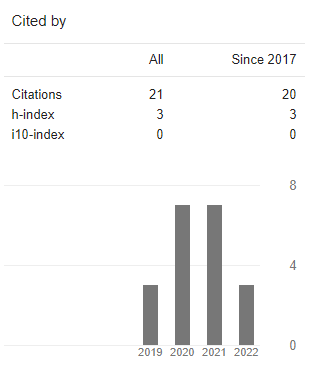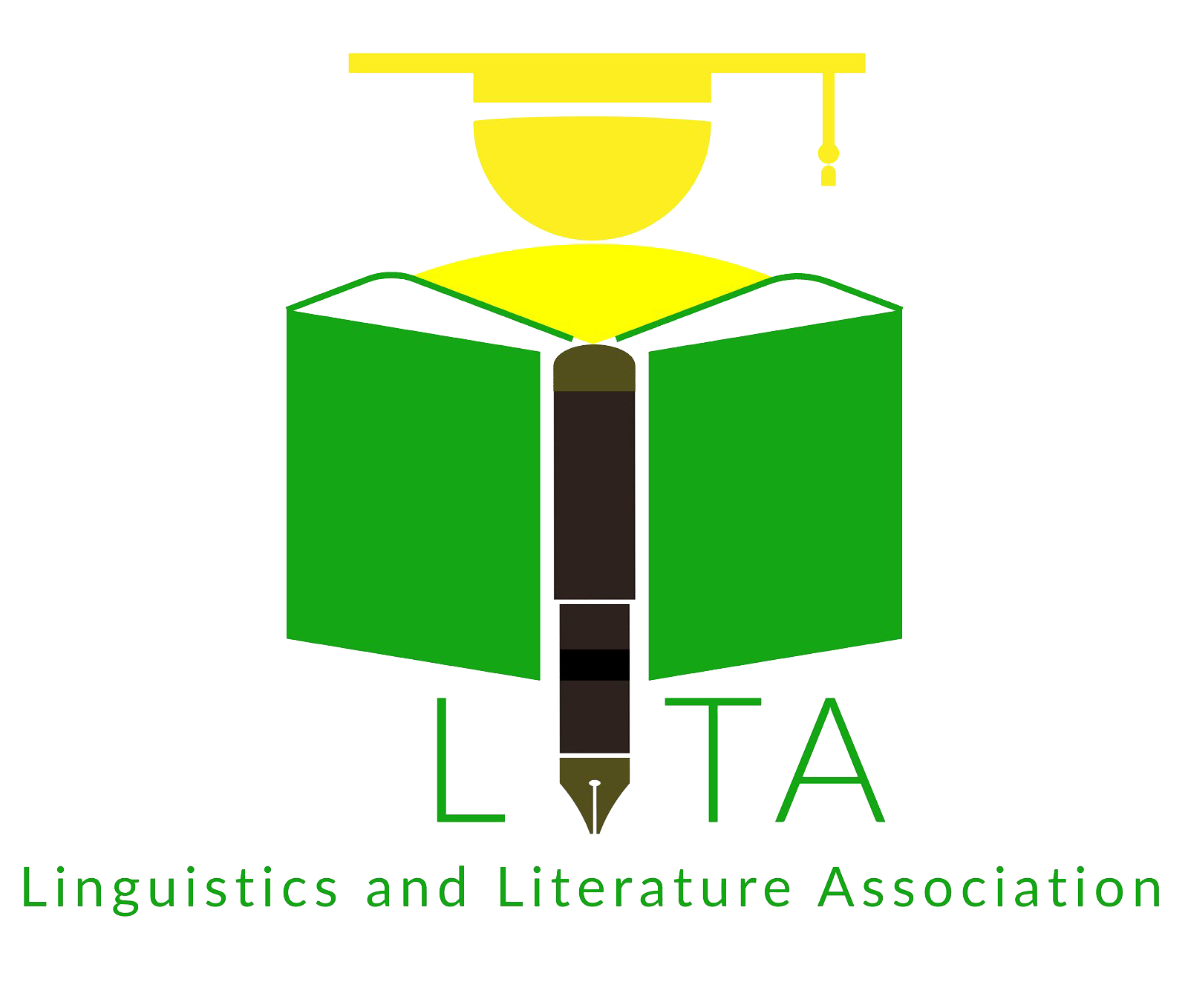Conceptual Metaphor Analysis on Terrorism in Indonesian Online Mass Media
Keywords:
Conceptual Metaphor, Mass Media, TerrorismAbstract
Since the existence of the Conceptual Metaphor Theory by Lakoff and Johnson (2003), many research has focused on how the conceptualization of the abstract domain is represented in a concrete domain. This leads to a realization that metaphor is more than just a poetic device, it can show how a community understands an abstract concept using a more concrete one. In this study, conceptual metaphors of terrorism are investigated to find out how the Indonesian mass media represent it in their publication. The results show that most of the metaphors are conceptually related to LIVING ORGANISM while one being specific to Indonesian culture, which is SHADOW PUPPET. In contrast, there are no violent conceptual metaphors found in the Indonesian mass media, such as TERRORISM IS WAR or DISEASE. This can bring different effects on the readers of mass media, such as psychological and social. Also understanding the conceptual metaphors in mass media can help us understanding the framing of terrorism, in this case, in Indonesia.References
Adam, M., & Wahyuni, W. (2020). The Image of Climate Crisis in Media: A Conceptual Metaphor Analysis. Journal of Language and Literature, 20(1), 10–24. https://doi.org/10.24071/joll.v20i1.2413
Arimi, S. (2015). Linguistik Kognitif: Sebuah Pengantar. A.com Press.
Bhatia, A. (2009). The discourses of terrorism. Journal of Pragmatics, 41(2), 279–289.
Bruce, G. (2013). Definition of Terrorism : Social and Political Effects. Journal of of Military and Veterans’ Health, 21, 2.
Cameron, L. (2010). Responding to the risk of terrorism: the contribution of metaphor. DELTA: Documentaç{=a}o de Estudos Em Ling{"u}{’i}stica Teórica e Aplicada, 26, 587–614.
Dafrizal; Ibrahim, F. (2010). Pembingkaian Metafora dan Isu Terorisme : Satu Interpretasi Konseptual. Journal of Strategic Communication Vol. 1. No., 1, 33–45.
Dewi, N. A. (2021). Analysis of Conceptual Metaphors in Deutschewelle Newspaper based on the Perspective of Linguistic Relativity. Lensa: Kajian Kebahasaan, Kesusastraan, Dan Budaya, 11(2), 136. https://doi.org/10.26714/lensa.11.2.2021.136-152
Evans, V., & Green, M. (2006). Introduction to Cognitive Linguistics. Edinburgh University Press Ltd.
Kesuma, T. M. J. (2007). Metode Penelitian Bahasa. Metode Penelitian Bahasa.
Kovecses, Z. (2010). Metaphor: A Practical Introduction Second Edition. Oxford University Press.
Lakoff, G., & Johnson, M. (2003). Metaphors We Lived By. The University of Chicago Press.
Mahsun. (2007). Metode Penelitian Bahasa: Tahapan Strategi, Metode, dan Tekniknya. PT RajaGrafindo Persada.
Männik, E. (2009). Terrorism: Its past, present and future prospects. KVÜÕA Toimetised, 12, 151–171.
Rapoport, D. C. (2001). The fourth wave: September 11 in the history of terrorism. Current History, 100(650), 419.
Sarjono, R. I. L., & Bram, B. (2021). Portraying Coronavirus through Metaphors in Online Mass Media Headlines. Linguists : Journal Of Linguistics and Language Teaching, 7(1), 105. https://doi.org/10.29300/ling.v7i1.4640
Schwarz-Friesel, M., & Skirl, H. (2011). Metaphors for terrorism in German media discourse. Re-Visioning Terrorism, 1. https://docs.lib.purdue.edu/revisioning/2011/909/21/
Siriam, S., & Widyastuti, S. (2023). The translation of conceptual metaphor in political news. 31(1), 1–11. https://doi.org/https://doi.org/10.21831/diksi.v31i1.56899
Spencer, A. (2012). The social construction of terrorism: media, metaphors and policy implications. Journal of International Relations and Development, 15, 393–419.
Stamenkovic, I. (2017). Stamping Out ISIS: Metaphorical Expressions About Terrorism in Donald Trump’s Campaign Speeches. FACTA UNIVERSITATIS Series: Linguistics and Literature, 15(2), 2017. https://doi.org/https://doi.org/10.22190/FULL1702245S
Sumardiana, B. (2017). Efektifitas Penanggulangan Ancaman Penyebaran Paham Ekstrim Kanan Yang Memicu Terorisme oleh POLRI dan BNPT RI. In Seminar Nasional Hukum Universitas Negeri Semarang, 3(1), 109–128.
UU No. 5 Tahun 2018 Tentang Perubahan Atas Undang-Undang No 15 Tahun 2003 Pasal 1 Ayat 2. (2018). https://jdih.kemenkopmk.go.id/sites/default/files/2019-08/UU Nomor 5 Tahun 2018.pdf
Vanderstoep, S. W., & Johnson, D. D. (2008). Research methods for everyday life: Blending qualitative and quantitative approaches (Vol. 32). Wiley.




















